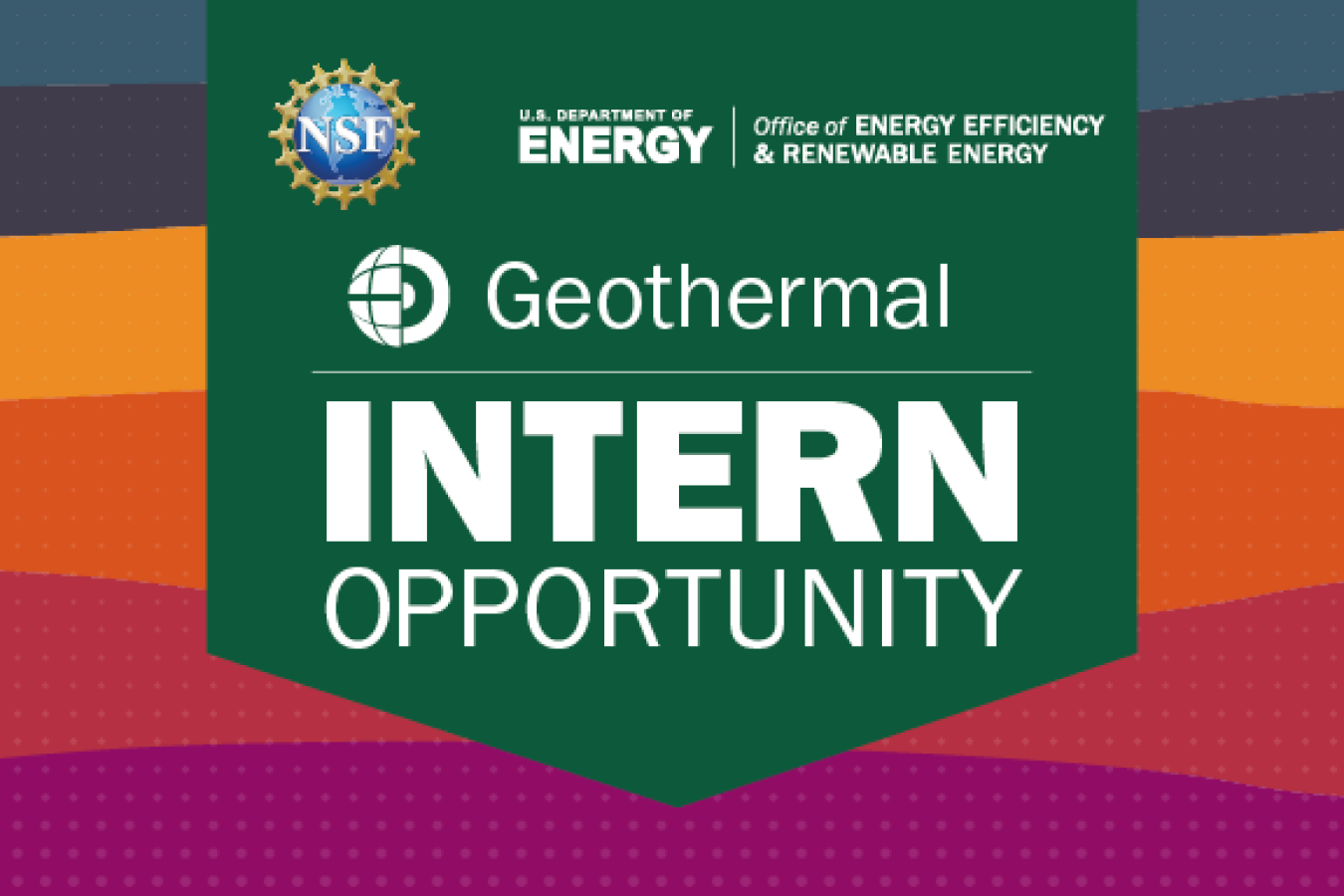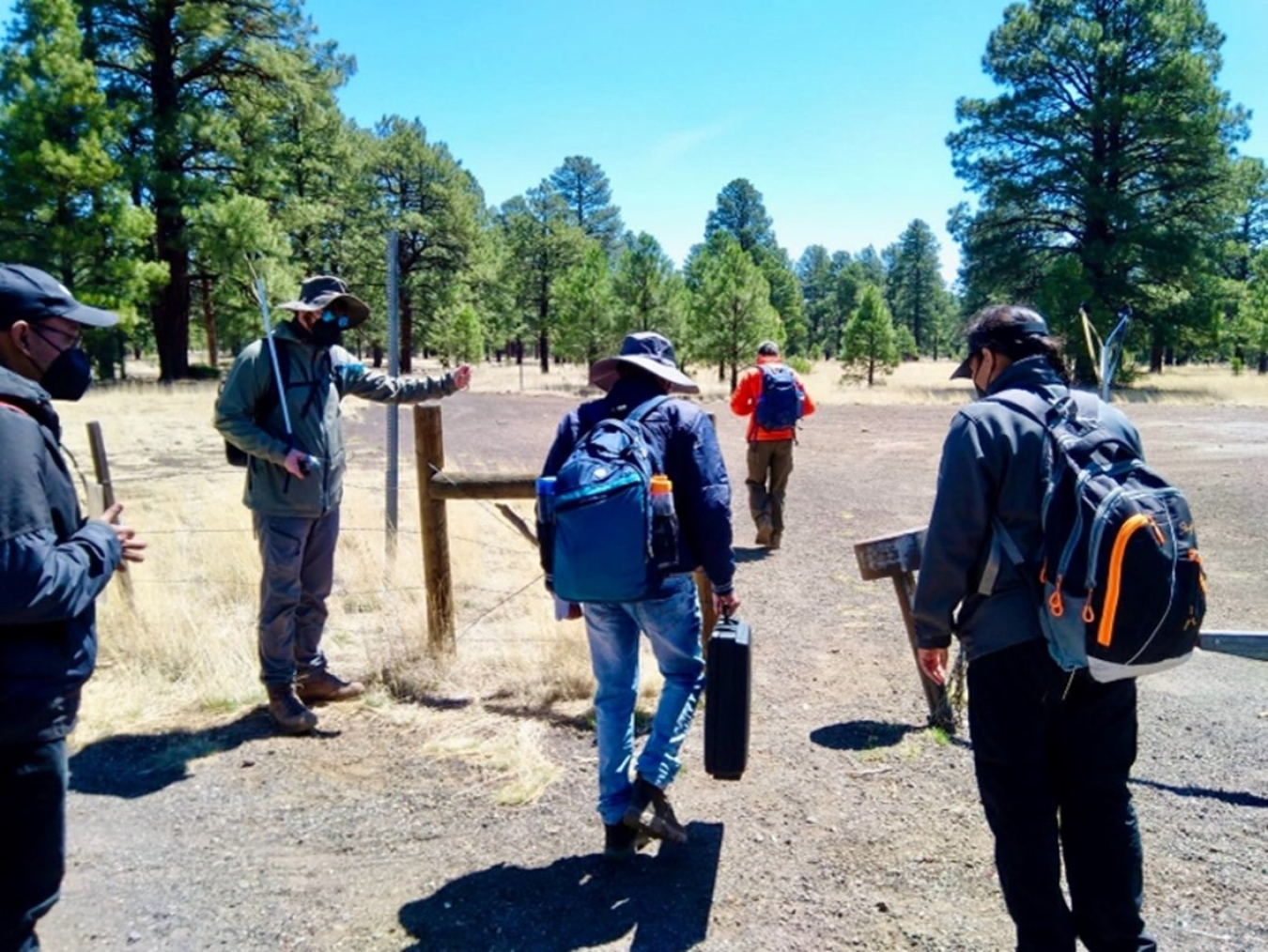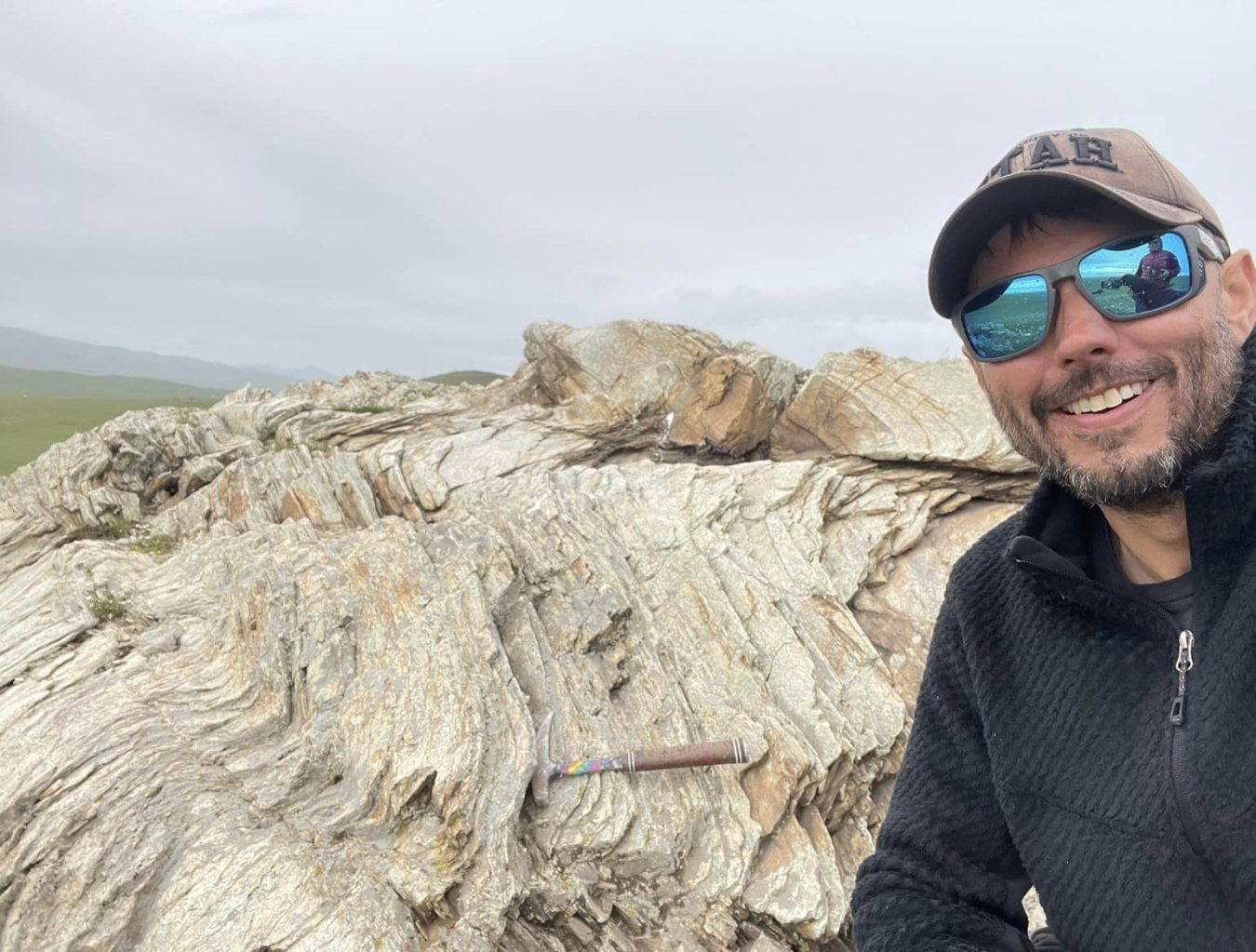Find out why students in the first cohort in the NSF-DOE Geothermal INTERN opportunity are drawn to advanced academic fields that put them at the forefront of advancing geothermal energy.
Geothermal Technologies Office
October 16, 2023
The first cohort in the National Science Foundation's and U.S. Department of Energy's Geothermal INTERN opportunity includes graduate students from around the world, representing 11 colleges and universities, studying an array of academic disciplines, and now working in geothermal energy.
So how did they all end up here? What is it about geothermal energy that they find exciting?
As a reliable renewable energy source that can be used anywhere, geothermal intrigued nearly all the students from the first time they heard about it in school. Central Michigan University’s Shashwat Maharjan “was truly amazed when [he] came to realize that it is possible [for geothermal] to generate energy 24/7."

Kaushik Pradhan, a Ph.D. student at the University of Texas, El Paso, participates in a research and field training program in Arizona’s Francisco Volcanic Field.
Several students are also fascinated by the complexities of geothermal energy. These students are tackling highly technical challenges associated with increasing U.S. and global geothermal capacity and interest, tasks like characterizing the subsurface using novel techniques or performing real-time monitoring of hydraulic fractures. John Acevedo, a master’s student at the University of Texas at Rio Grande Valley, is studying well structure integrity and enhanced geothermal systems (EGS). Though EGS sounds relatively simple—circulate fluid through hot rocks underground via human-made reservoirs, then draw that heat up and use it for power generation—he knows it’s complex when you look into the details. “There are so many factors that require an efficient and well-thought-out design—every action during drilling and construction needs to be nearly perfect [...] it feels like a puzzle asking to be solved.”
[EGS] feels like a puzzle asking to be solved.
Several cohort members also share curiosity about and enthusiasm for the great outdoors. Santiago Rabade, a Ph.D. student at the University of Utah, enjoyed camping near the hot springs and Los Azufres Geothermal Plant in Michoacan, Mexico, while in elementary school. Asenath Kwagalakwe, a Ph.D. student at Virginia Tech, has memories of a family friend and mentor who worked in geoscience and was often seen offloading camping gear from his Land Cruiser: “I remember vividly, as a little girl, this being so stunning. [...] When I grew older, I thought, ‘That's the profession I want to pursue, where you just keep camping.’ ” The University of Utah’s Justin Tully, who spent 16 years in frontier petroleum exploration (and 14 years in Mongolia!) before pursuing a Ph.D., credits his “love of high-country activities”—skiing, trail running and hiking, mountain biking, and BASE jumping—and curiosity about the world’s great mountain belts for guiding him to his academic discipline. This desire to partner with the Earth, spend time with it, enjoy it, and work hard to protect and preserve it is drawing many to the renewable energy field.

Justin Tully, a Ph.D. student at the University of Utah, conducts field work on foliated metamorphic rocks along the Orkhon Shear Zone in northern Mongolia.
But the mentors, role models, and teachers who inspired these students are perhaps the biggest influence drawing them to their fields. Kwagalakwe and Pennsylvania State University’s Prabhav Borate saw the patience, dedication, and success of friends and family members in advanced fields and wanted to emulate them. Acevedo says the passion of his teachers at the Science Academy of South Texas changed his life: “If I could go back in time and retake all of my classes with my teachers again, I would.” The guidance and what Northwestern University’s Anjali Thota calls “joy of intellectual exploration” of professors and colleagues inspired Thota, Tully, and Pradhan. And Maharjan lauds several ‘she-roes’ at the Nepal Justice League as inspiration: “I owe my current position to them, eight amazing women who continue to inspire me daily. They encourage me to value my opportunities and to give back to future generations of high school students.”
The passion, challenge, and inspiration that drew these students to their fields is now driving them to bolster their skills and hands-on experience. In this pursuit, the Geothermal INTERN opportunity presents something unique. In contrast to a traditional internship scenario, this opportunity enables the student to identify the research opportunities that best serve their career goals, with the help of their principal investigator (PI). The student and PI can then reach out to a partner in the geothermal industry to craft an internship just for that student. In fact, many cohort members echoed the sentiment that this opportunity offers a perfect alignment of their academic interests with real-world applications in geothermal energy.
Read Parts 2 and 3 in this blog series to find out what these students experienced in their internships and get their five tips for building a career in geothermal energy!

